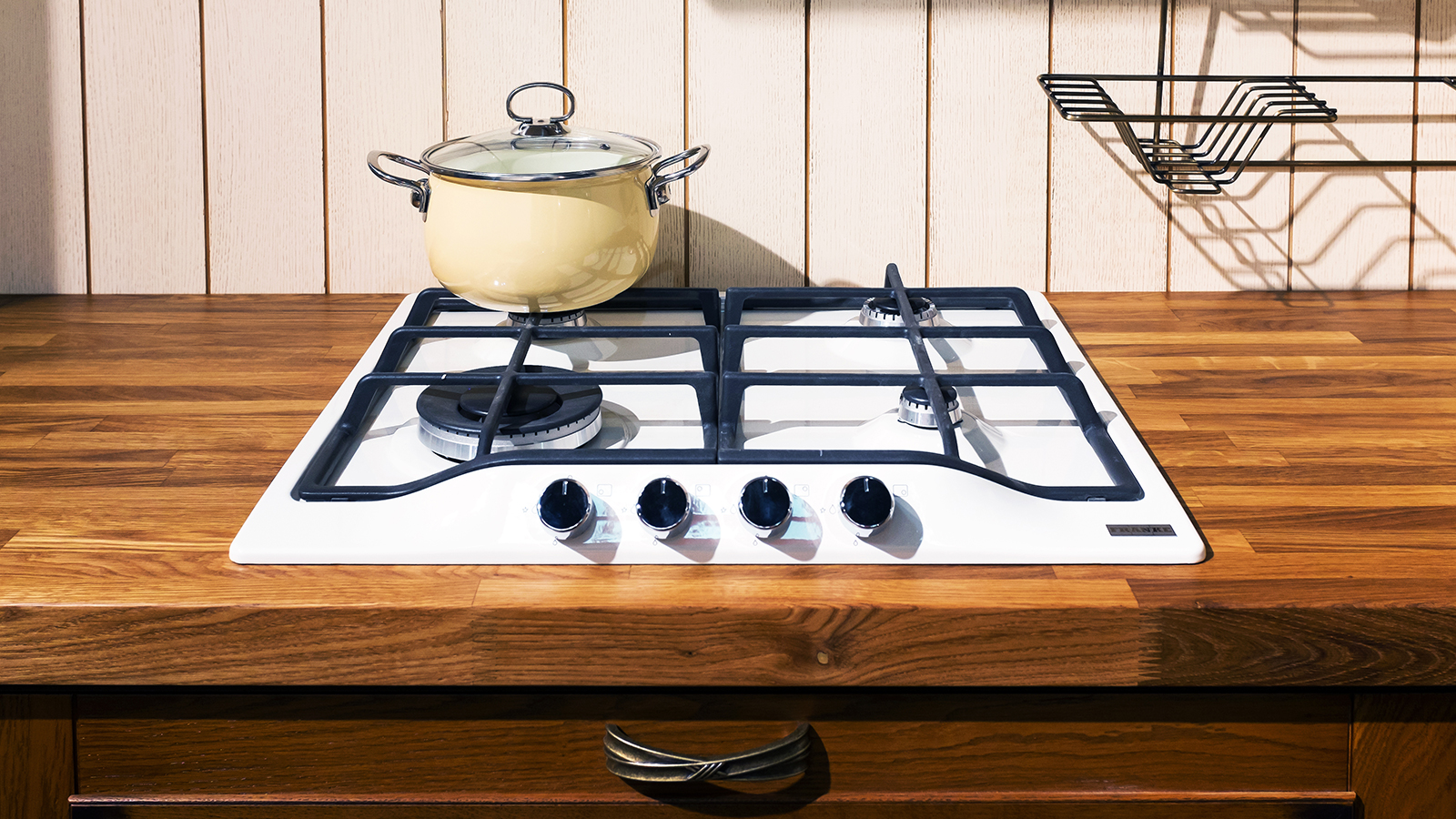Q. Dear Umbra,
What kind of cooktop is better: gas or induction?
Valerie
Nelson, B.C.
A. Dearest Valerie,
Induction.
Oh, did that come off as brusque? I sincerely apologize — I was merely respecting your efficiency in asking your question. You are probably a woman with things to do (and a Hemingway fan too, I’d wager), and I don’t want to bog you down with verbiage. I do, however, strive to enlighten as well as inform, so if you have a burning curiosity about why induction wins, allow me to elaborate.
Induction stovetops, those darlings of the foodie set, are widely considered to be the most energy-efficient cookers out there. They work by harnessing the power of magnetic energy created between the burner and your cookware, heating up lightning-quick and allowing for precise temperature adjustments (head over here for more details on the physics, including a neat-o diagram). Because they heat your pots and pans through direct contact, with no heat lost to the surrounding air, they notch about 84 percent to 90 percent efficiency. Compare that to electric elements, which boast about 74 percent efficiency, and gas burners, coming in last at 50 to 55 percent. Blame pilot lights and the fact that gas burners spend energy heating up the air around them for their poor performance.
That’s all she wrote? Well, not so fast. Efficiency depends quite a bit on how we use our stovetops, and in some cases, electric burners can beat out those fancy induction models. This 2014 study from the Electric Power Research Institute tested several cookers and found that the underdog electric coil stovetops were 6 percent more efficient than the induction stoves in the study — when researchers used pots that completely covered the heating element. But when they used a pot smaller than the element, efficiency plummeted to 42 percent due to all that extra heat radiating out into the room. The idea that you can improve efficiency simply by using the right-sized pots and pans is good news for conscientious chefs unwilling to shell out for an induction stove, which often costs an extra $300 or more than electrics — not to mention that induction stoves work only with magnetic steel or cast iron, so you might have to reboot your cookset as well.
By the way, I’d be remiss not to mention that not all electric stoves are created equal. Radiant stovetops (which use electric coils under ceramic or glass) are better than exposed coils, and halogen models that tap the power of halogen gas bulbs are better still.
No matter what we have simmering our stews and sizzling our stir-fries, though, we can boost efficiency with these simple tricks from our helpful gummint:
- The biggie, as I mentioned: Match the size of the burner to the size of your pots and pans. Otherwise, you’re just sending all that hard-earned heat out into space.
- Keep your metal burner pans clean. Shiny surfaces reflect heat back up to the pot, while blackened pans crusted with last week’s enchilada sauce absorb it, reducing efficiency.
- Retire your warped old pots and pans — an uneven surface can suck up to 50 percent more energy than a flat one.
- Making something that takes hours? Consider a slow cooker, as they beat stovetops on the energy-efficiency factor and the fretting-over-a-hot-stove factor.
- Turn off electric burners a few minutes before your cooking timer goes off. They’ll stay hot for a bit without running the juice.
And in case you’re wondering about efficiency under your stove as well as on top: Self-cleaning ovens are tops because they have better insulation (the better to withstand the up-to-900-degree temps they fire at during the cleaning process). That’s not to say you should self-clean every week just because you can, mind you: Use this feature sparingly, and run it after you’ve baked something so it starts out hotter. Another efficiency winner is convection ovens, which employ fans to better circulate hot air; they use about 20 percent less power than conventional ovens because there’s less time and heat required to achieve that perfect roast.
That was a bit more Dickens than Hemingway in the end, wasn’t it? I might be tempted to write even more, but there’s some burnt crud in my burner pans that I suddenly feel the urge to scrub.
Hysteresisly,
Umbra


